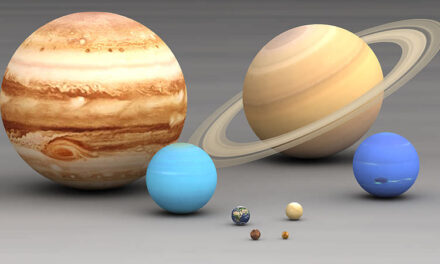Pluto’s Orbit
Pluto’s orbit is unique among the planets in our solar system. Unlike the relatively flat and circular orbits of the eight classical planets, Pluto’s orbit is highly elliptical and inclined. Its elliptical path takes it closer to the Sun than Neptune for a significant portion of its orbit. This peculiar orbital characteristic brings Pluto within the region of Neptune’s gravitational influence, leading to dynamic interactions between the two.
Neptune’s Influence
The gravitational tug of Neptune plays a crucial role in shaping Pluto’s orbit. At specific points during its orbit, Neptune’s gravitational pull can disrupt Pluto’s path, causing the dwarf planet to cross Neptune’s orbital plane. This dynamic interaction prevents Pluto from clearing its orbital neighborhood, a criterion set by the IAU to define a planet. The presence of Neptune and its gravitational effects highlight the significance of Pluto’s orbit within its neighborhood.
Kuiper Belt
Pluto resides within the Kuiper Belt, a region beyond Neptune that contains numerous icy bodies, small worlds, and other dwarf planets. The discovery of this vast population of celestial objects shed light on the nature of Pluto’s surroundings. The Kuiper Belt consists of remnants from the early formation of the solar system, providing valuable insights into the history of our celestial neighborhood.
Comparisons with Other Dwarf Planets
Studying Pluto’s orbit and its neighborhood also involves comparing its characteristics with other dwarf planets within the Kuiper Belt. Eris, another notable dwarf planet, shares similarities with Pluto, including a highly elliptical orbit and neighborhood cluttered with smaller objects. By evaluating the properties and behaviors of different dwarf planets, scientists gain a broader perspective on the classification of these celestial bodies.
Reclassifying Pluto
The reclassification of Pluto to a dwarf planet was not solely based on its orbit and neighborhood but considered multiple factors. However, these factors played a crucial role in the IAU’s decision. The realization that Pluto shares its orbit with Neptune and does not possess a clear orbital path prompted the scientific community to reconsider its planetary status. Additionally, the discovery of the Kuiper Belt and the abundance of similar objects within it further supported the notion that Pluto’s classification as a planet was no longer scientifically tenable.
Conclusion
Pluto’s orbit and its neighborhood within the Kuiper Belt were significant factors that led to its reclassification as a dwarf planet. The highly elliptical and inclined nature of Pluto’s orbit, coupled with its interactions with Neptune, highlighted the dynamic nature of its path. Furthermore, the discovery of the Kuiper Belt and its many inhabitants provided a broader context for understanding Pluto’s place within our solar system. While the reclassification of Pluto may have disappointed some who grew up knowing it as the ninth planet, it served as a testament to the ever-evolving nature of scientific knowledge and our understanding of the cosmos.
References
- International Astronomical Union (IAU)
- NASA – The Solar System Exploration: Planets
- Brown, M. E., & Butler, B. J. (2018). The Dwarf Planets. In The New Solar System (5th ed., pp. 213-235). Cambridge University Press.
- Britannica










